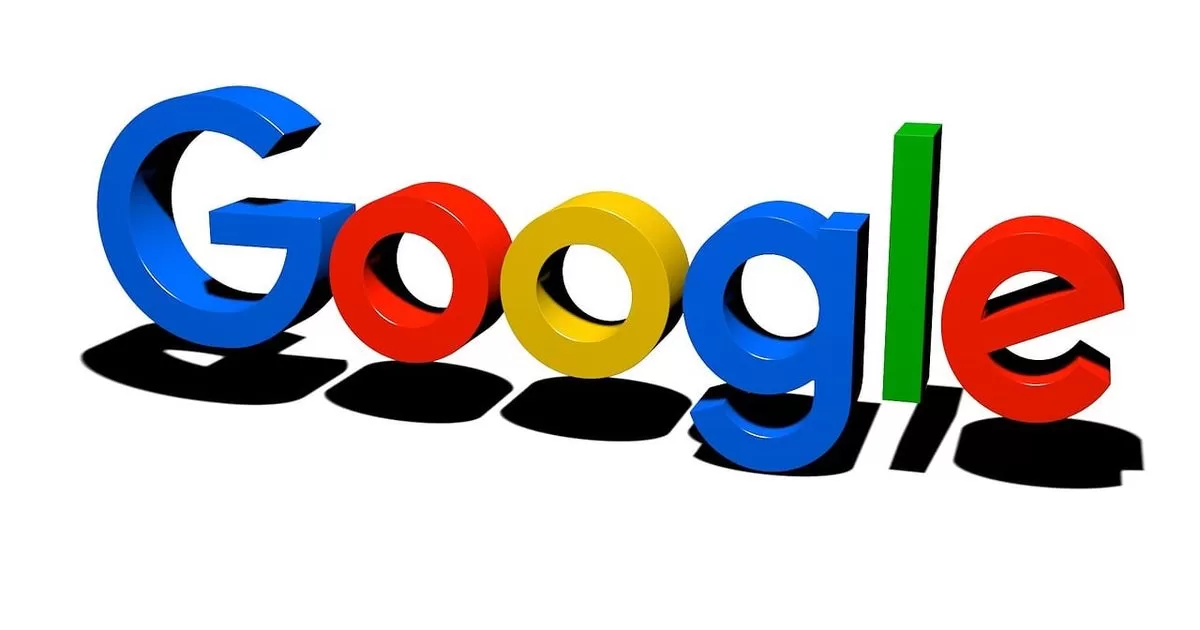A team of artificial intelligence researchers from Google Research developed a next-generation AI-based text-to-video generator called Lumiere. The group published a paper describing their efforts on the arXiv preprint server.
Lumiere, probably named after the brothers Light, who pioneered early photography equipment, allows users to type a simple sentence like “two raccoons reading books together” and get a fully finished video showing two raccoons doing just that, and it does so in surprisingly high resolution. The new generator represents a next step in the development of text-to-video generators by creating much more attractive results.
Google describes the technology behind the new generator as an “innovative U-Net space-time architecture.” It was designed to generate animated video in a single model pass.
The demo video shows that Google added additional features, such as allowing users to edit an existing video by highlighting a part of it and typing instructions, such as “change the color of the dress to red.” The generator also produces different types of results, such as stylizations, where the style of a theme is created instead of a full-color representation. It also allows substyles, such as different style references. It also performs cinematic imaging, in which a user can highlight part or all of a still image and animate it.
In its announcement, Google did not specify whether it plans to release or distribute Lumiere to the public, likely due to the obvious legal ramifications that could arise due to the potential creation of videos that violate copyright laws.
Potential impact
If Lumiere were released to the public, it would have a significant impact on a variety of fields, including entertainment, education, and advertising.
In entertainment, Lumiere could be used to create new television shows, movies, and video games. It could also be used to create more realistic special effects.
In education, Lumiere could be used to create personalized educational videos that fit the needs of each student. It could also be used to create simulations that help students understand complex concepts.
In advertising, Lumiere could be used to create more attractive and impactful ads. It could also be used to create personalized advertising campaigns tailored to each individual’s interests.
Ethical implications
The ability to create videos realists from text has ethical implications that must be carefully considered. For example, Lumiere could be used to create fake news or propaganda. Could also be used to create images of people or places without their consent.
It is important that Lumiere developers and users are aware of these implications and take steps to mitigate the risks. For example, Lumiere could include features that allow users to verify the authenticity of generated videos. Could also include functions that allow users to request consent from the people or places that appear in the generated videos.
Lumiere is a innovative technology with great potential to positively impact the world. However, it is important to be aware of the ethical implications of this technology and take steps to mitigate the risks.
(email protected)
Source: Techxplore.com, Lumiere demo video posted on Google AI YouTube channel



